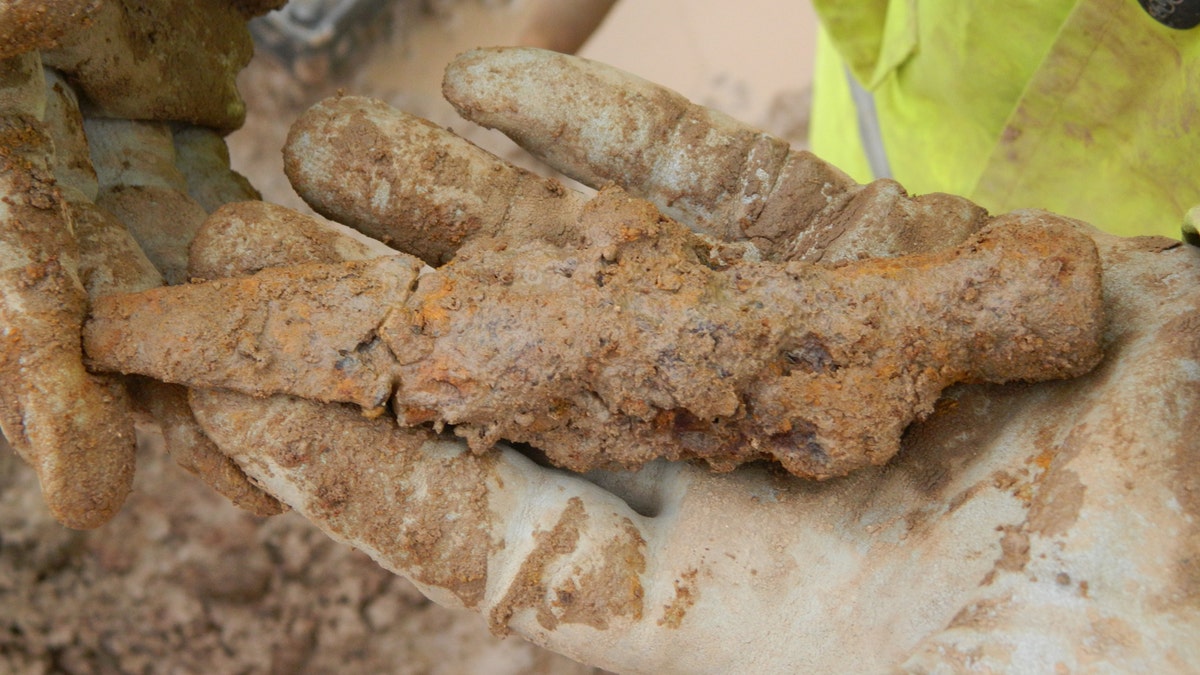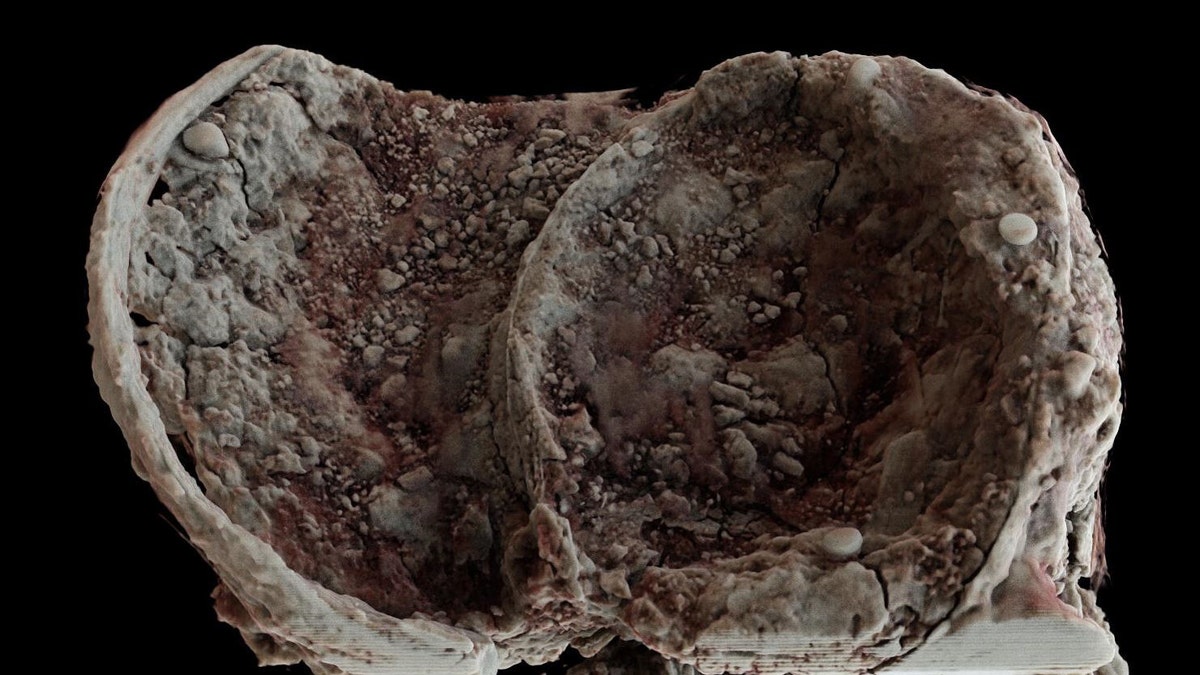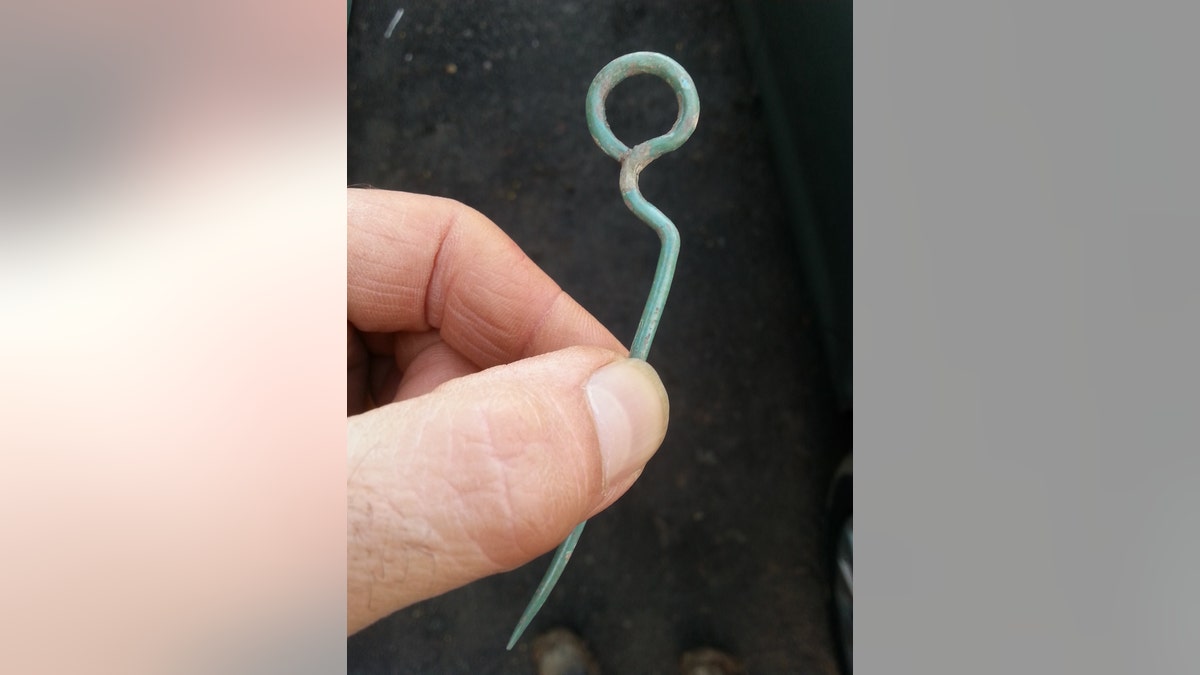Iron Age artifacts discovered: Reveals clues of past civilizations
Prehistoric cauldrons, an ancient sword and metalwork dating back to the 3rd century B.C Iron Age were discovered in Glenfield Park, Leicestershire in England. Archaeologists dug up artifacts in what they believe to be potential ritual, feasting and ceremonial sites and will help point to clues of how the ancient people lived.
Archaeologists in the U.K. have discovered a stunning trove of Iron Age artifacts that includes 11 cauldrons, a spearhead and an ancient sword.
The haul was uncovered by archaeologists from the University of Leicester at Glenfield Park, Leicestershire. Other items found include dress pins, a 3rd-century B.C. brooch and a cast copper alloy object known as a ‘horn cap’ that may have been part of ceremonial staff.
The hoard has delighted experts. “The discovery of the cauldrons at Glenfield Park is only the second find of multiple vessels of this type throughout all of Europe and is therefore of international significance,” explained John Thomas, the excavation project officer for University of Leicester Archaeological Services, in an email to Fox News. “CT-scanning has also revealed that one of the cauldrons is decorated with an early form of Celtic art known as the ‘vegetal style’, which features stems and leaves, and if proven by excavation will be one of only a handful of objects with this decoration from the U.K.”
BRITISH GIRL FINDS HER OWN 'EXCALIBUR' IN LEGENDARY POOL
The presence of the cauldrons could indicate that the site was once used for feasting.

The spearhead unearthed at Glenfield Park, Leicestershire (University of Leicester)
Archaeologists examined the site during the winter of 2013/2014 and will publish their results of their study in the Dec. 6 issue of British Archaeology magazine.
“The really interesting aspect of this discovery is that the finds are associated with houses and other settlement remains that indicate long-lived occupation over several hundred years,” explained Thomas. “By teasing apart the different settlement phases we will be able to understand in fascinating detail how the settlement changed as it grew, and how the cauldrons and other finds were used, looked after and eventually buried.”
TEENAGER'S DISCOVERY OF ROMAN TREASURE TROVE DELIGHTS EXPERTS
Thomas believes that early occupation of the site during earlier middle Iron Age in the 5th and 4th centuries B.C. was relatively modest, consisting of a small, open, settlement. However, radiocarbon dating indicates that the site underwent a significant transformation in the 4th or 3rd centuries B.C. Individual roundhouses became enclosed and experts unearthed much more evidence of material culture and rituals. Hence the apparently deliberate burial of the metalwork hoard.

Iron Age cauldron discovered at Glenfield Park, Leicestershire (University of Leicester).
Most of the cauldrons appear to have been deliberately laid in a large circular ditch that enclosed a building. They had been placed in either upright or inverted positions before the ditch was filled in, which could indicate that they were buried to mark the end of certain activities at the site.
The cauldrons, which are extremely fragile, comprise iron rims and upper bands, hemispherical copper alloy bowls and two iron ring handles attached to the upper band.
HUGE 3,000-YEAR-OLD GOLD 'BELT' UNEARTHED IN THE UK
Initial analysis of the cauldrons was undertaken by the Paul Strickland Scanning Centre, a medical imaging specialist in Middlesex, U.K, where CT scans were undertaken.

A dress pin discovered at Glenfield Park, Leicestershire (University of Leicester).
The University of Leicester has been working with conservators at the Museum of London Archaeology to carefully uncover the cauldrons from the large soil blocks in which they were lifted during the excavation, according to Thomas. “So far, one of the cauldrons has been fully excavated and conserved and this revealed remarkable detail of its construction and maintenance, its use and even the potential for recovering information about what was cooked in it,” he told Fox News.
MOLA will start work uncovering the remaining cauldrons early next year. “After this we will be working with scientists from the British Museum to hopefully discover more about the metallurgy of the cauldrons and if we are lucky, what they held during the feasts that took place at the settlement,” said Thomas.
LONG-LOST DARK AGE KINGDOM DISCOVERED IN SOUTHERN SCOTLAND
The trove is the latest in a series of fascinating archaeological discoveries in the U.K. Recent excavations just south of Hadrian’s Wall in Northern England, for example, revealed a trove of stunning artifacts, including Roman swords. Amateur archeologists in Southern England also recently uncovered an elaborate ancient mosaic that is believed to depict the Roman gods Hercules and Cupid.
Other recent finds in the U.K include an ancient ‘house of the dead’ near Stonehenge, a secret megalithic monument, a prehistoric carved human bone, a Dark Age fort and a trove of Roman letters.
Earlier this year experts discovered a Bronze Age cemetery at a ritual site on the Welsh island of Anglesey. A team of archaeologists and volunteers has also found the location of a long-lost Dark Age kingdom in southern Scotland.
Follow James Rogers on Twitter @jamesjrogers





















